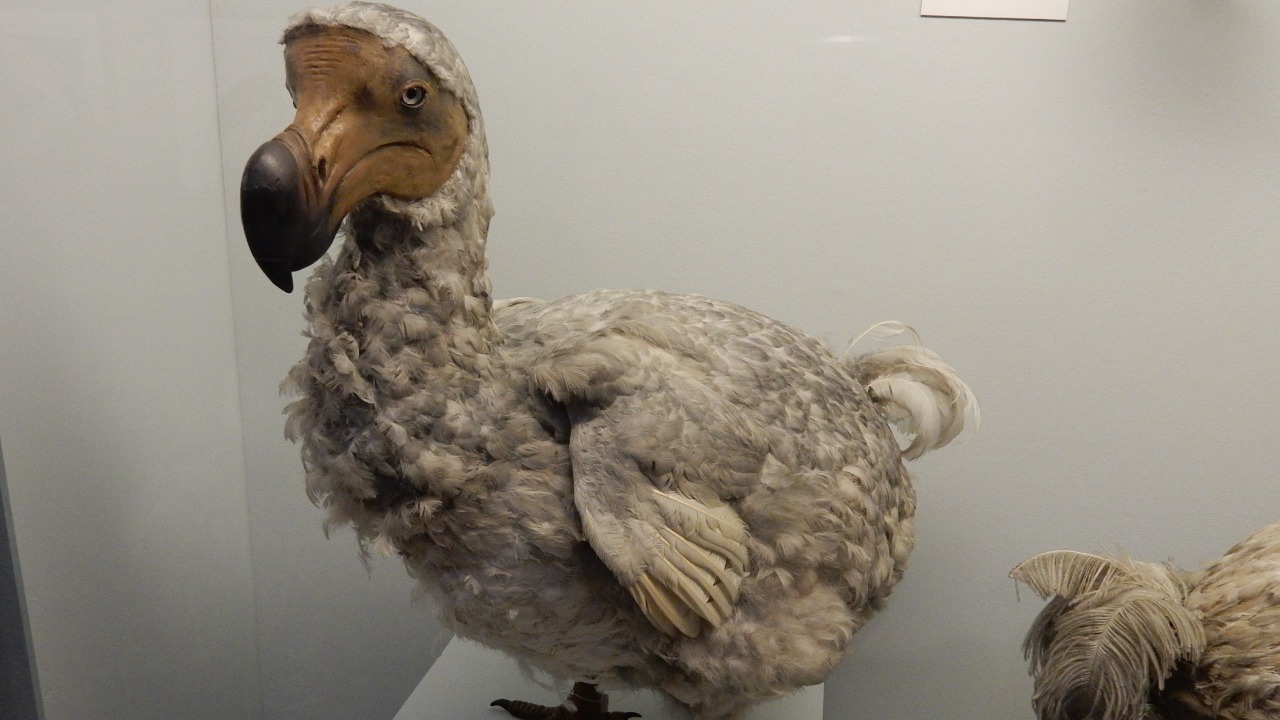
Scientists at Colossal Biosciences are spearheading a groundbreaking initiative to resurrect the dodo bird, a species that has been extinct for over 300 years. Utilizing advanced biotechnological techniques such as gene editing and stem cell cultivation, the company has successfully grown viable dodo cells in a laboratory setting. This significant milestone in de-extinction research could potentially see the dodo return to its native habitat on the island of Mauritius within the next decade. This effort is part of a broader trend in synthetic biology aimed at reversing biodiversity loss, building on similar projects like the revival attempts for the dire wolf and giant moa.
The Dodo’s Path to Extinction
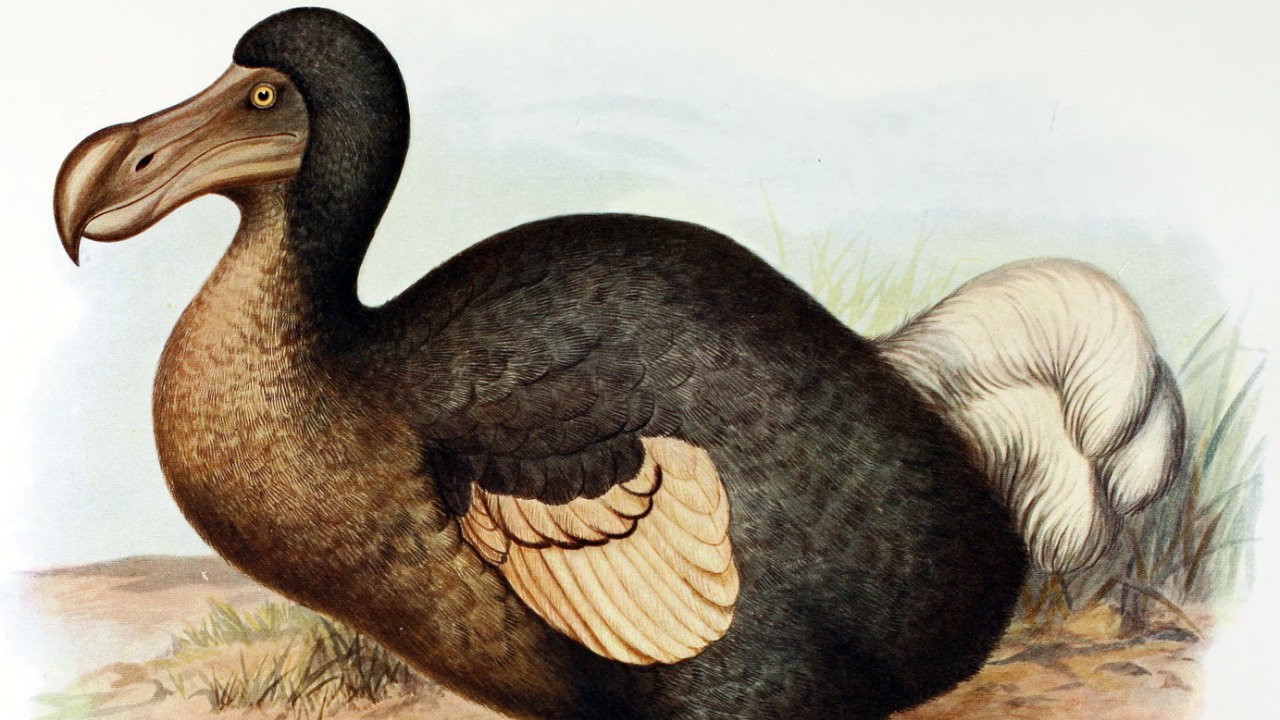
The dodo, scientifically known as Raphus cucullatus, was a large, flightless bird native to Mauritius. It thrived until the late 1500s when human settlers arrived, leading to its rapid decline. The introduction of invasive species, along with hunting and habitat destruction, contributed significantly to the dodo’s extinction. By the 1660s, the last confirmed sightings of the dodo were recorded, and the species was declared extinct shortly thereafter. The unchecked exploitation by Dutch settlers and the introduction of animals like rats and pigs played a crucial role in this process [source].
Fossil records and historical accounts from 17th-century sailors describe the dodo as weighing up to 20 kilograms, with a distinctive large beak. These descriptions have provided crucial DNA sources for modern revival efforts. The preserved specimens, such as those held at Oxford University, have been instrumental in the current de-extinction project, offering a genetic blueprint for scientists to work from [source].
Advances in De-Extinction Technology
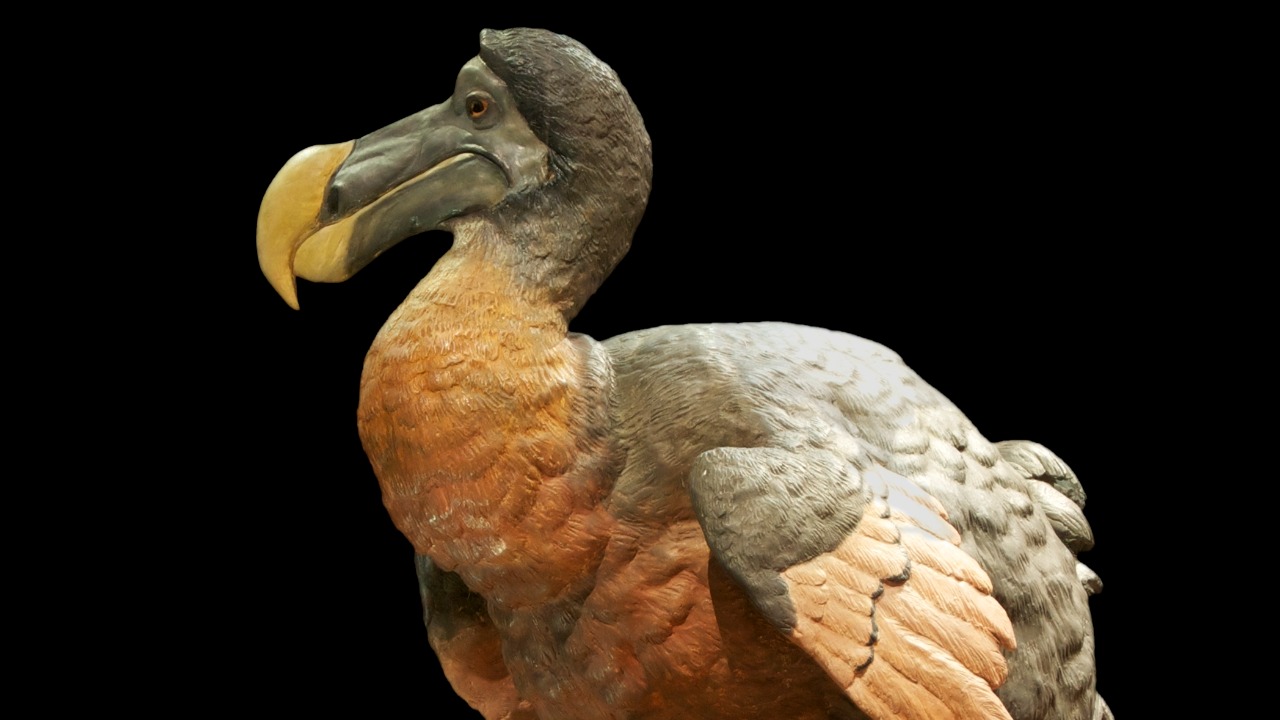
Colossal Biosciences is at the forefront of de-extinction technology, employing CRISPR gene-editing techniques to insert dodo DNA sequences into the cells of the Nicobar pigeon, the dodo’s closest living relative. This approach aims to create hybrid embryos that are viable for hatching. In a significant breakthrough announced in September 2025, researchers successfully cultivated living dodo skin and bone cells from a 300-year-old specimen, demonstrating the viability of cells preserved for centuries [source].
This process mirrors techniques used in other Colossal projects, such as editing elephant cells for the revival of the woolly mammoth. The dodo efforts are projected to produce a living bird by 2028, utilizing artificial wombs and surrogate parenting. These advancements not only highlight the potential for bringing back extinct species but also underscore the technological strides being made in genetic engineering and synthetic biology [source].
Colossal Biosciences’ Broader De-Extinction Portfolio
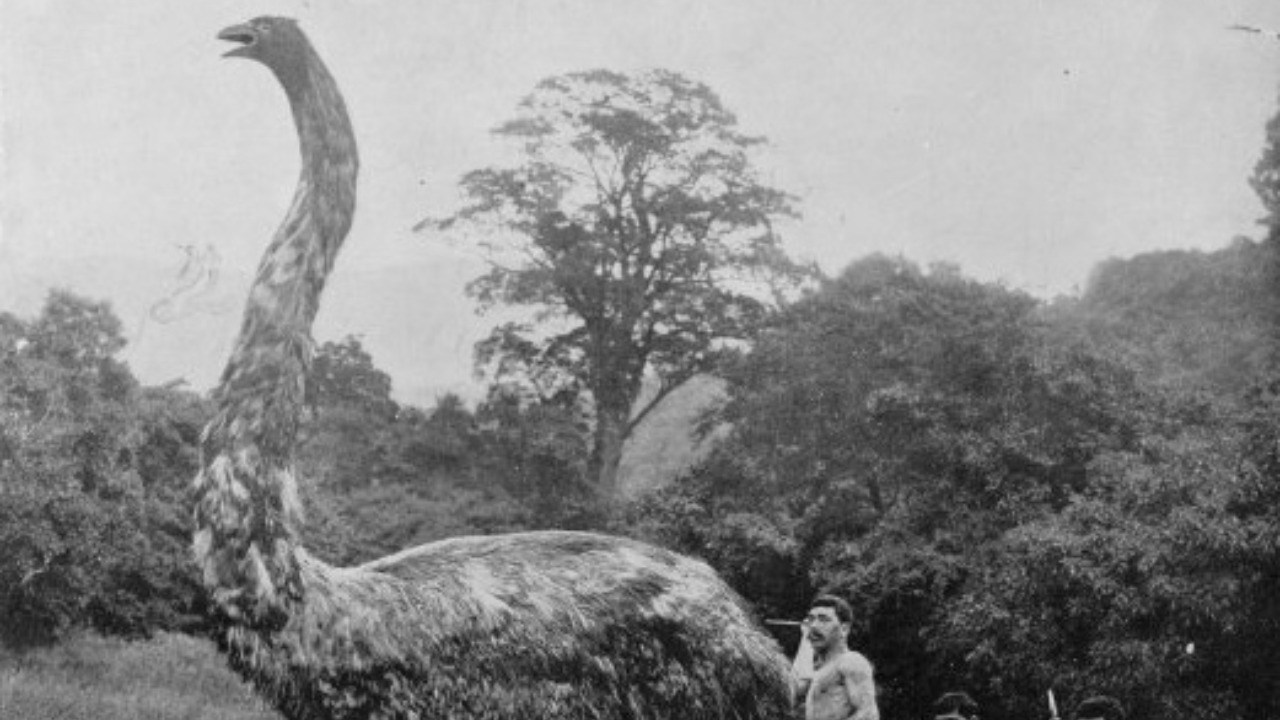
Beyond the dodo, Colossal Biosciences is targeting other extinct species, such as the giant moa, a 12-foot-tall flightless bird that once roamed New Zealand. By using DNA from preserved bones, the company aims to engineer tinamou bird surrogates to bring the moa back to life. This project is part of a $225 million-funded initiative co-founded by Ben Lamm and George Church, which aims to restore 10 extinct species by 2030 [source].
Colossal’s work also extends to the dire wolf, with recent successes in cell growth informing the protocols used for the dodo. The company’s headquarters in Dallas, Texas, serves as the hub for these ambitious projects, collaborating with global museums to access specimens and emphasizing ecological reintroduction plans tailored to the original habitats of these species. This strategic approach not only aims to revive extinct species but also to integrate them into conservation efforts, potentially restoring ecological roles that have been lost [source].
Ethical and Ecological Debates
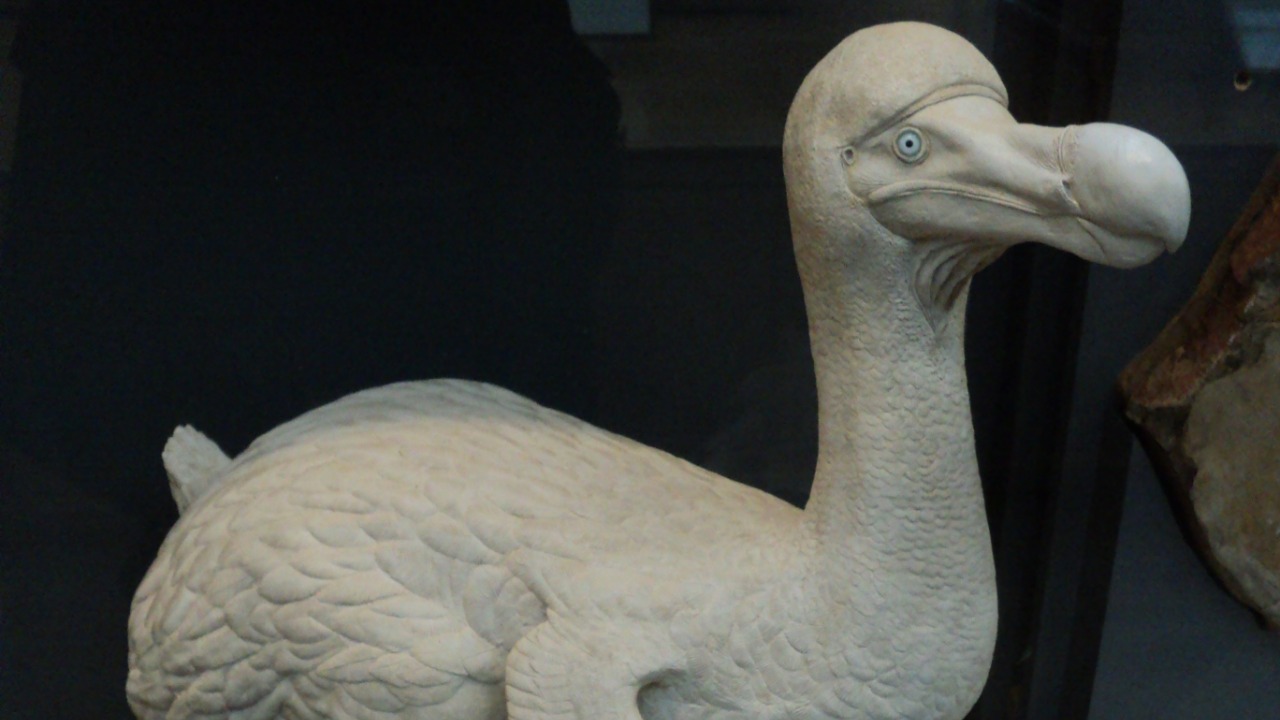
The resurrection of species like the dodo raises significant ethical and ecological debates. Critics argue that such efforts involve “playing God” and could lead to potential ecosystem disruptions, especially as modern habitats have changed dramatically since the dodo’s extinction. The introduction of a species that has been absent for centuries could have unforeseen consequences on the current ecological balance of Mauritius [source].
Proponents, including Colossal’s team, argue that de-extinction could enhance biodiversity and genetic diversity. They emphasize the implementation of safeguards, such as controlled releases, to prevent the invasive risks that have been observed in past human-induced extinctions. Ongoing debates also involve international regulations, such as those from the IUCN, to ensure that revived species like the dodo do not exacerbate climate-vulnerable island ecosystems [source].
Future Implications for Biodiversity Restoration
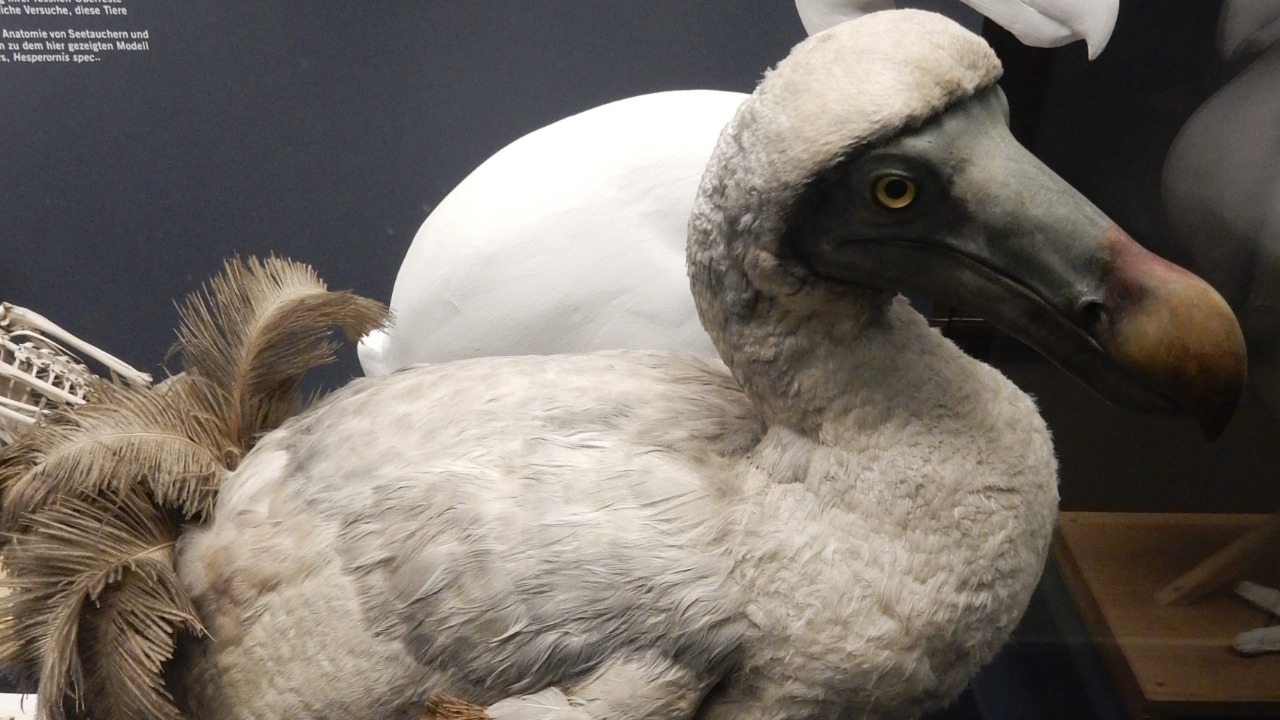
The successful revival of the dodo could set a precedent for other extinct birds, such as the great auk, which has been extinct since 1844. By refining stem cell and cloning technologies, these efforts could address current avian declines caused by habitat loss. Colossal’s projects aim to integrate revived species into conservation strategies, potentially restoring ecological roles such as seed dispersal that the dodo once played in Mauritian forests, thereby aiding endangered plants today [source].
Long-term goals include scaling de-extinction efforts to combat the sixth mass extinction. The dodo project is expected to inform policy on the role of biotechnology in global wildlife recovery by the 2030s. As these technologies advance, they offer a glimpse into a future where humanity can actively participate in restoring lost biodiversity, potentially reversing some of the damage caused by past human activities [source].